
🌿 3 Natural Home Remedies to Remove Skin Tags Safely
Skin tags, or acrochordons, are common, harmless growths that often appear in areas where skin rubs together, such as the neck, armpits, underarms, and groin. While they are typically painless and non-cancerous, many people choose to remove them for cosmetic reasons. If you're considering at-home treatments, here are three natural remedies that may help:
1. Tea Tree Oil
Tea tree oil is known for its antiseptic and anti-inflammatory properties. It's believed to help dry out the skin tag and promote its removal.
How to Use:
-
Dilute the Oil: Mix a few drops of tea tree oil with a carrier oil, such as coconut or olive oil.
-
Apply to the Skin Tag: Use a cotton swab to apply the diluted oil directly to the skin tag.
-
Cover the Area: Place a bandage over the treated area.
-
Leave Overnight: Allow the oil to work overnight.
-
Repeat Daily: Continue this process daily until the skin tag diminishes or falls off.
Important Considerations:
-
Patch Test First: Before applying tea tree oil to the skin tag, perform a patch test on a small area of skin to ensure you don't have an allergic reaction.
-
Avoid Sensitive Areas: Do not apply tea tree oil near the eyes or mucous membranes.
-
Discontinue Use if Irritation Occurs: If you experience redness, itching, or discomfort, stop using the oil and consult a healthcare professional.
2. Apple Cider Vinegar (ACV)
Apple cider vinegar is often used in natural remedies due to its acidic nature, which may help break down the tissue of skin tags.
How to Use:
-
Dilute the ACV: Mix one part apple cider vinegar with one part water.
-
Soak a Cotton Ball: Dip a cotton ball into the diluted solution.
-
Apply to the Skin Tag: Place the soaked cotton ball directly onto the skin tag.
-
Secure with a Bandage: Cover the area with a bandage to hold the cotton ball in place.
-
Leave for 15-30 Minutes: Allow the solution to sit on the skin tag for 15 to 30 minutes.
-
Rinse and Dry: After removing the cotton ball, rinse the area with lukewarm water and pat dry.
-
Repeat Twice Daily: Continue this process twice daily until the skin tag diminishes or falls off.
Important Considerations:
-
Dilution is Key: Always dilute apple cider vinegar with water to reduce the risk of skin irritation.
-
Monitor for Irritation: If you notice any redness, burning, or discomfort, discontinue use immediately.
-
Avoid Sensitive Areas: Do not apply apple cider vinegar near the eyes or mucous membranes.
3. Garlic
Garlic is believed to have antiviral and antibacterial properties that can help break down the skin tag tissue.
How to Use:
-
Prepare the Garlic: Crush a fresh garlic clove to release its juices.
-
Apply to the Skin Tag: Gently apply the crushed garlic directly to the skin tag.
-
Secure with a Bandage: Cover the treated area with a bandage to hold the garlic in place.
-
Leave Overnight: Allow the garlic to work overnight.
-
Repeat Daily: Continue this process daily until the skin tag diminishes or falls off.
Important Considerations:
-
Potential Skin Irritation: Garlic can cause skin irritation in some individuals. If you experience redness, burning, or discomfort, remove the garlic immediately and rinse the area with water.
-
Avoid Sensitive Areas: Do not apply garlic near the eyes or mucous membranes.
-
Discontinue Use if Irritation Occurs: If irritation persists, discontinue use and consult a healthcare professional.
Note: While these natural remedies are commonly used, their effectiveness varies, and they may not work for everyone. If you have a skin tag that is large, painful, or located in a sensitive area, it's advisable to consult with a healthcare professional before attempting any at-home treatments.
When to Seek Professional Help:
-
Persistent or Changing Skin Tags: If a skin tag changes in size, color, or shape, or if it becomes painful, seek medical advice.
-
Multiple Skin Tags: The presence of multiple skin tags may indicate an underlying health condition, such as diabetes or obesity.
-
Sensitive Areas: Skin tags located near the eyes, genitals, or other sensitive areas should be evaluated by a healthcare professional.
Professional Removal Options:
If at-home remedies are ineffective or if you prefer a quicker solution, healthcare professionals offer several methods for skin tag removal:
-
Cryotherapy: Involves freezing the skin tag with liquid nitrogen.
-
Excision: The skin tag is cut off using sterile surgical instruments.
-
Electrosurgery: Uses electrical currents to remove the skin tag.
-
Laser Removal: Employs focused light to remove the skin tag.
These procedures are typically performed in a medical setting and may require local anesthesia.
Conclusion:
While natural remedies like tea tree oil, apple cider vinegar, and garlic are popular for skin tag removal, their effectiveness is not guaranteed, and they may cause skin irritation in some individuals. Always perform a patch test before applying any substance to a skin tag, and discontinue use if you experience any adverse reactions. For persistent or bothersome skin tags, consult with a healthcare professional to discuss appropriate treatment options.
News in the same category


🌿 30 Remarkable Benefits of Avocado Leaves
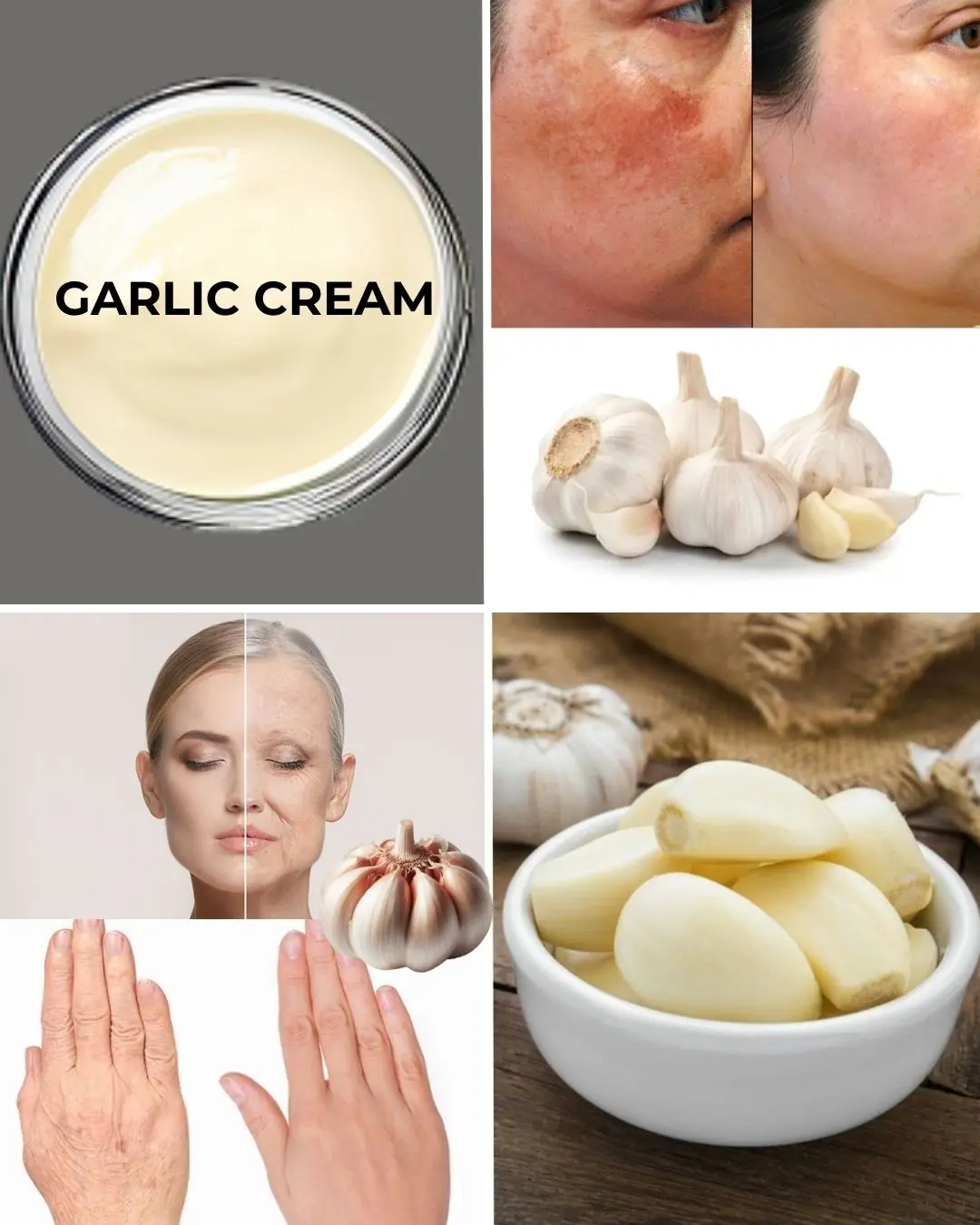
🌿 Natural Collagen Boost: Garlic Remedy for Smoother Skin

✨ Brighten Your Smile Naturally: A Simple DIY Teeth Whitening Remedy
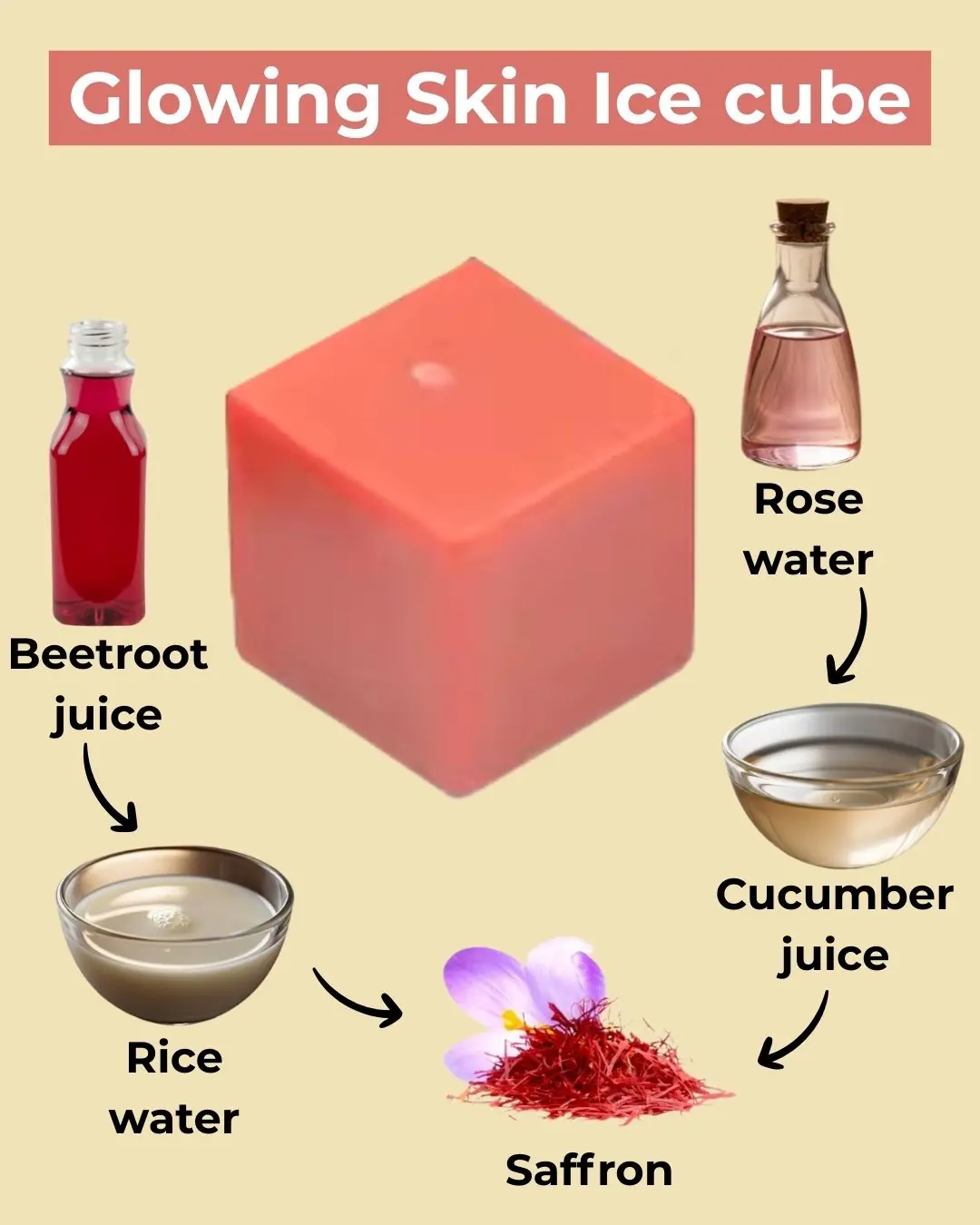
🌟 DIY Collagen Ice Cubes for Radiant Skin

Six Powerful Foods to Improve Sperm Health and Boost Male Fertility Naturally

30 Powerful Reasons You Should Stop Ignoring Purslane
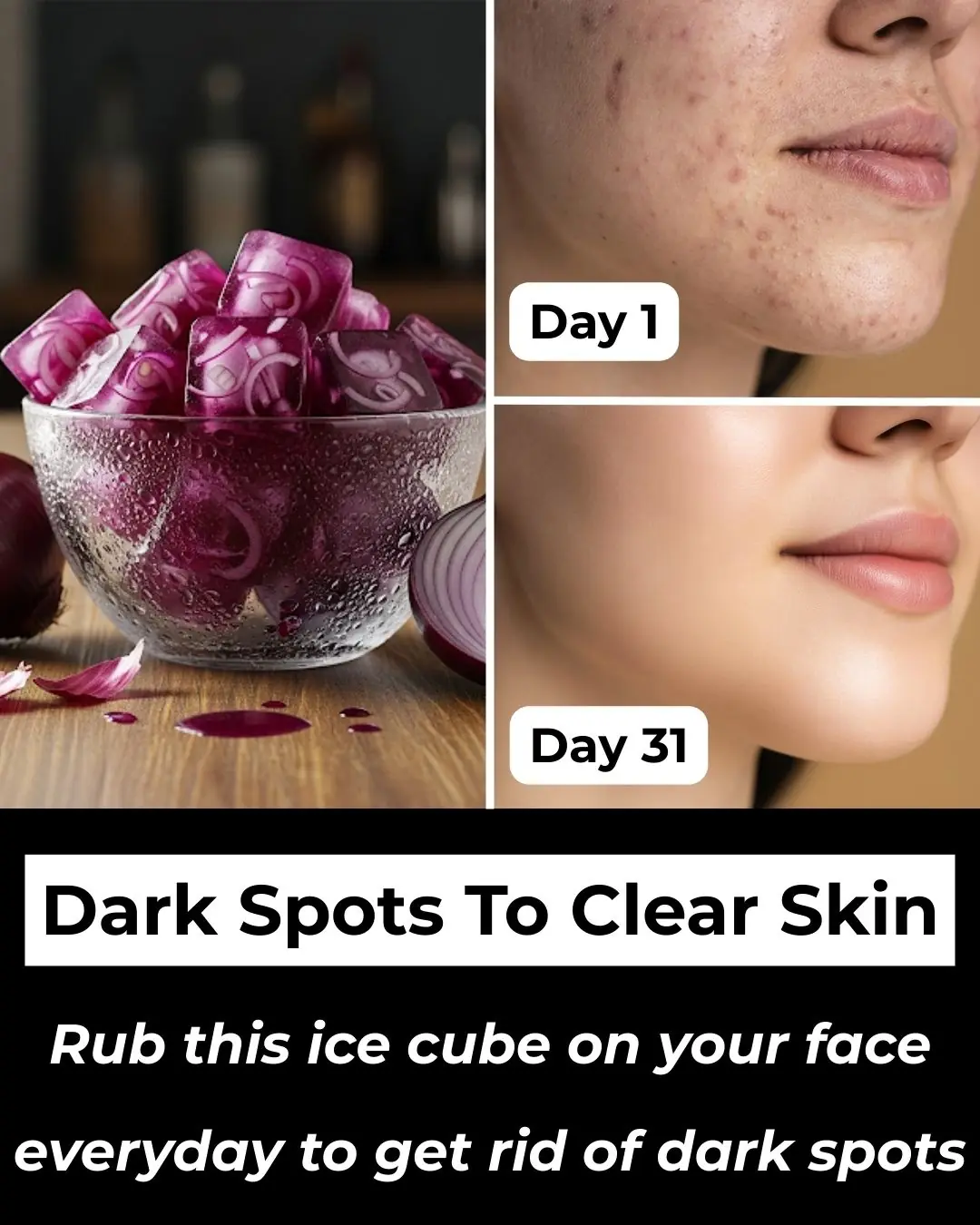
Onion Ice Cubes: Clear Dark Spots and Achieve Radiant Skin

Okra Chia Detox Drink : Reverse Your Skin Age 1 Glass At A Time

Coconut Oil for Hair Growth – Add this in your Hair Oil

Clove benefits for Skin – Clove Oil, Clove Gel & Clove ice cubes
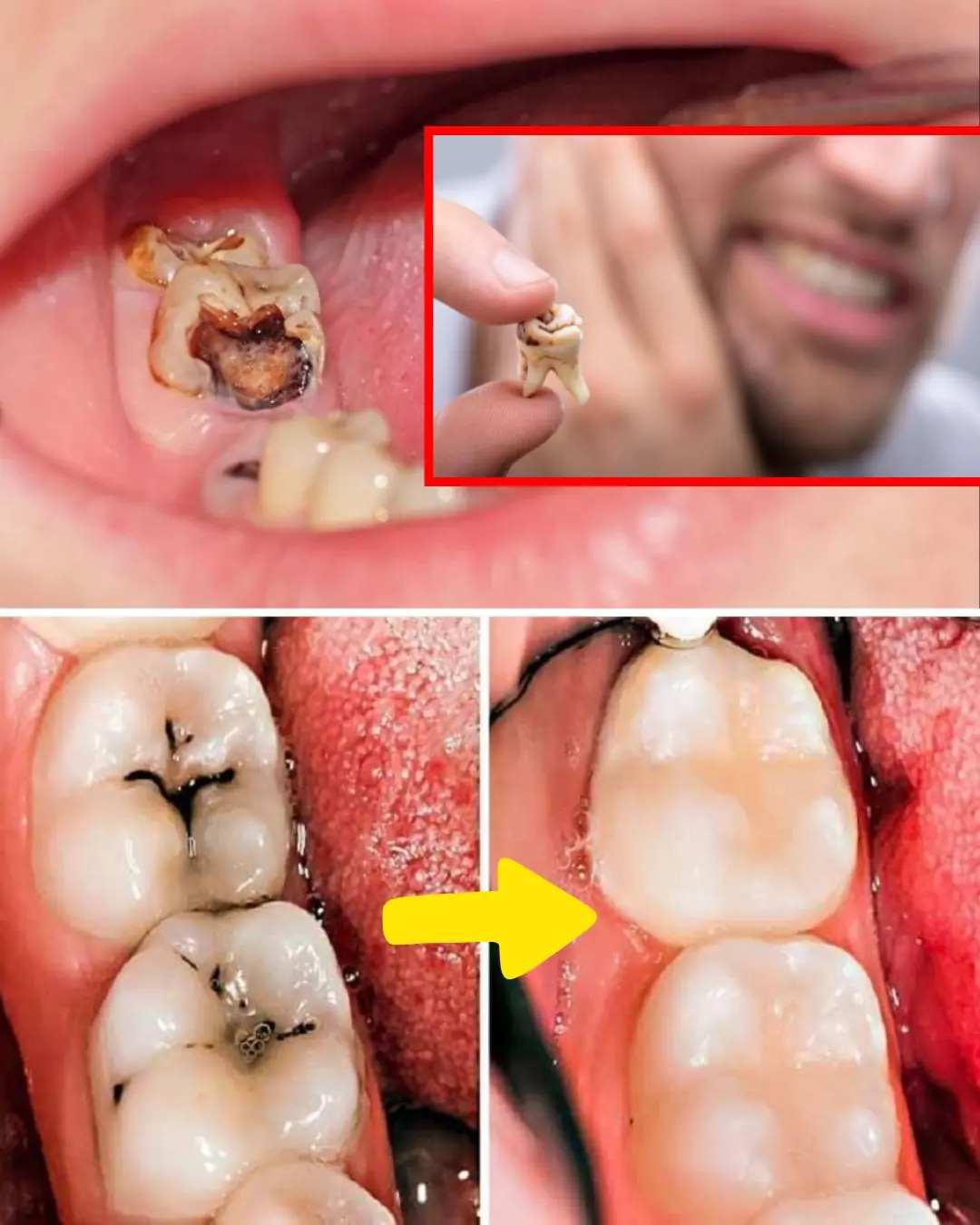
🦷 Understanding Tooth Decay and Remineralization

🧄 Health Benefits of Eating Raw Garlic Daily
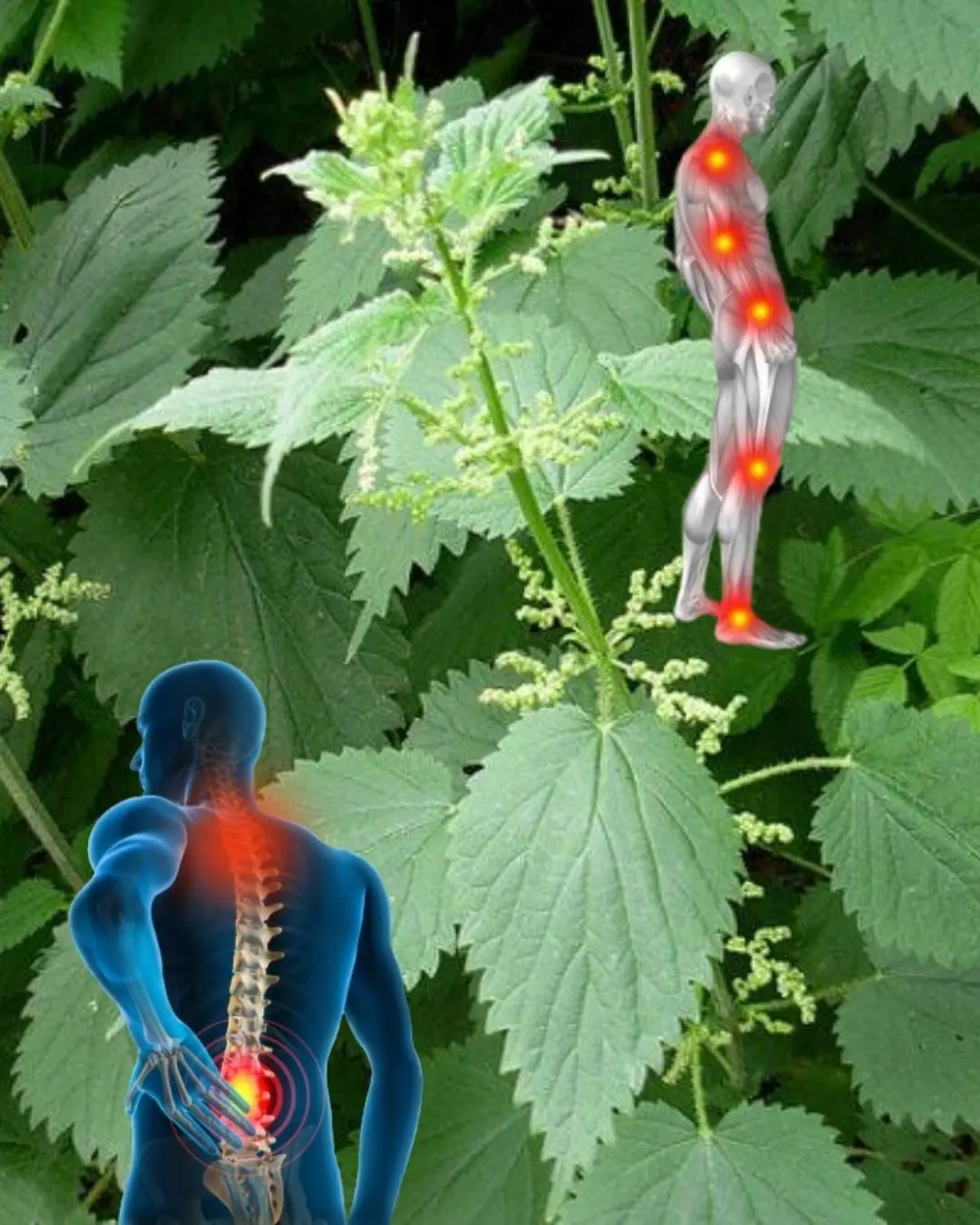
🌿 Stinging Nettle (Urtica dioica): 17 Remarkable Benefits You Should Know

Pokeweed (Phytolacca americana): A Toxic Plant to Avoid

Aloe Vera and Clove Toner: A Natural Remedy for Aging Signs
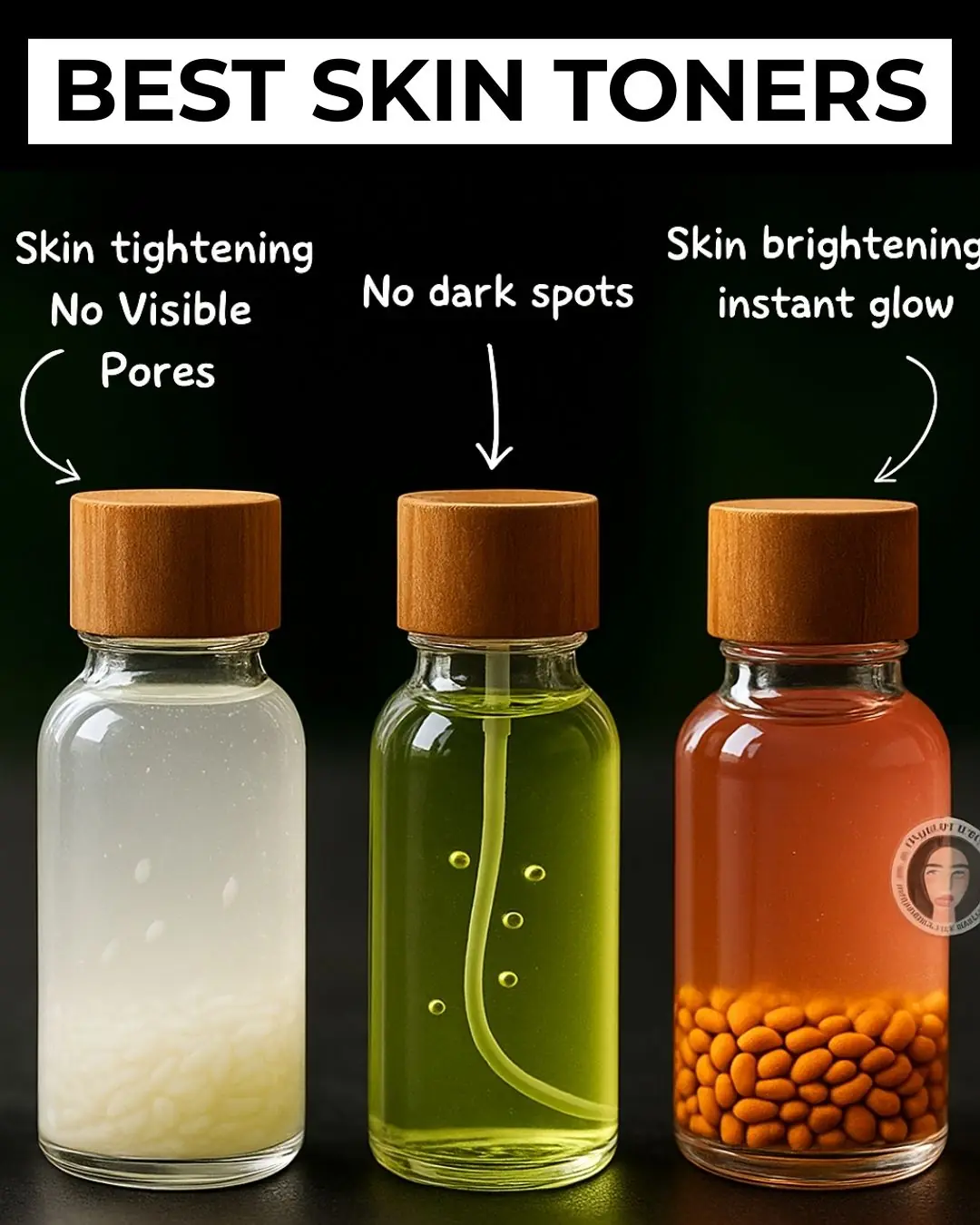
5 Homemade Skin Toners for Glowing Skin, Acne, and Dark Spots

30+ Enriched Reasons to Embrace Purslane (Portulaca oleracea)

12 Enhanced Benefits of Bull Thistle Root & How to Use It Naturally
News Post

Common Diabetes Drug Metformin Linked to Vitamin B12 Deficiency

Top 5 Foods that cause Gut Inflammation – Avoid!

A 30-Year-Old Man’s Sore Throat Turned into Cancer After 5 Rounds of Chemotherapy — Doctor Urges: Throw These 3 Things Out of Your Fridge Immediately

The Most Effective Ways to Naturally Get Rid of Clogged Ears

3 Early Signs of Stomach Cancer Everyone Should Know Before It Spreads

Life-Saving Tips for Lowering Stroke Risk & Early Signs of Stroke

Stroke Is Striking Younger People: 30 Seconds of Awareness Can Save a Life

How to Use Rice Water for Gorgeous Hair and Skin

Menopause Symptoms That May Surprise You

10 Healthy Sandwich Dos and Don’ts

Never Ever Say These 4 Things at a Funeral — No Matter the Situation
When it comes to funerals and expressions of sympathy, your words don’t need to be profound or poetic.

🥥 15 Compelling Reasons to Include Coconut Water in Your Daily Routine

🌿 30 Remarkable Benefits of Avocado Leaves

🌿 Natural Collagen Boost: Garlic Remedy for Smoother Skin

✨ Brighten Your Smile Naturally: A Simple DIY Teeth Whitening Remedy

🌟 DIY Collagen Ice Cubes for Radiant Skin

Medicinal Health Benefits of Garlic (Raw, Supplement) – Science Based

Why You Should Wash Your Face With Apple Cider Vinegar
